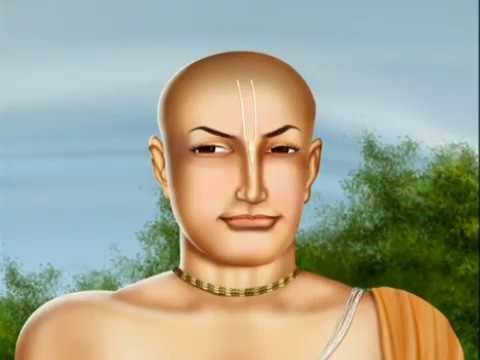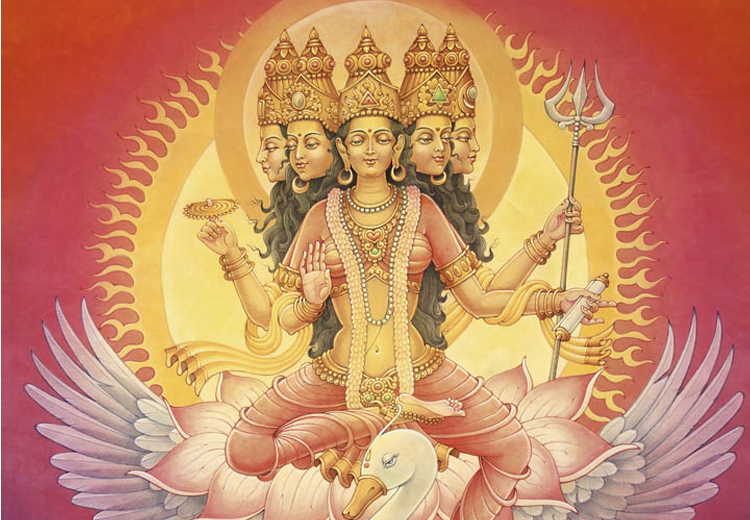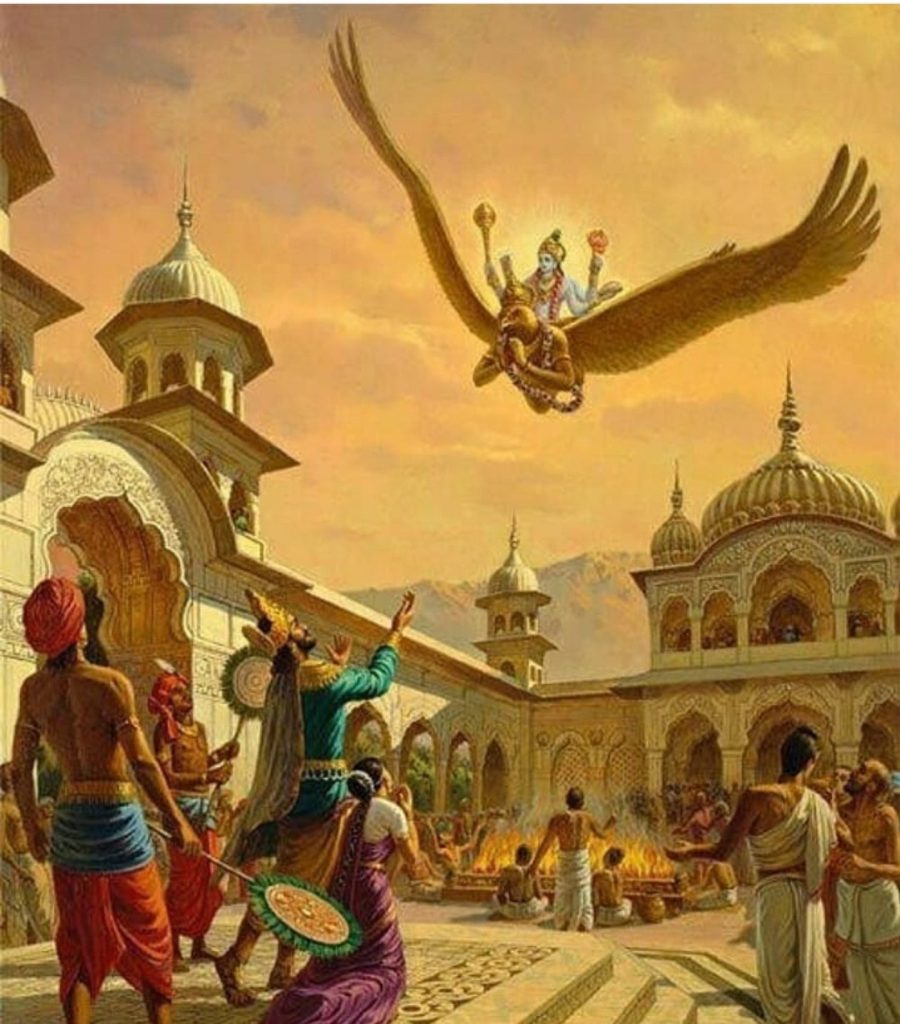Discover Ajamila's journey from vice to salvation. Learn how chanting Narayana's name led him to divine grace and ultimate redemption.
Explore the myth of Gayatri, the second wife of Brahma, cursed by Sarasvati to become a cow. Unveil ancient tales and their mystical connections.
Explore Ambarisha's tale, his devotion, and divine intervention against sage Durvasa in ancient Ayodhya. Learn about courage and faith here!
Explore the remarkable life of King Janaka, father of Sita, renowned for his spiritual wisdom and legendary bow of Shiva. Uncover his timeless legacy.
Discover the legacy of Arjuna, skilled archer and Krishna's confidant in the Mahabharata. Explore his role and learn about his divine connections.
Explore the epic saga of Jarasandha, the tyrant king of Magadha, who fought 18 battles against Sri Krishna and met his end in a legendary duel with Bhima.
AVTAR SINGH AZAD Avtar Singh \'Azad\', (1906 - 1972) the minor Punjabi poet, is not deserving of notice. Before independence, he had published four collections of poems, Swant Bundan (Drops of Bliss), Savan Pinghan (The Swings of Savan), Vishva Vedna (Plight of the World) and Kansoan (Intimations), and published a translation of the Rubaiyat of Omar Khayyam under the title of Khayyam Khumari (Inebriations of Khayyam). His style is rhetorical in the way of most Urdu poetry.
Discover Kahn Singh Rosa's heroic story as a cavalry officer in the Sikh army, known for his bravery and leadership in the second Anglo-Sikh war.
BHAG SINGH, BHAI (1880-1921), one of the Nankana Sahib martyrs, was born in 1880, the son of Bhai Amir Singh and Mai Nihal Kaur of village Nizampur, in Amritsar district. The family later shifted to Chakk No. 38 Deva Singhvala, in the newly developed canal colony of Sheikhupura. Bhag Singh`s boyhood and early youth were spent as a common peasant until at the age of 26 when he enlisted in 124th Baloch Battalion. After ten years of service he retired on pension (two rupees per month). He joined the colours again during the First Great War (1914-18) but was wounded and discharged on medical grounds. He rejoined the army but came back home within six months, demobilized at the end of the war. Next, he stood among the ranks of the Akali reformists falling a martyr in the Nankana Sahib massacre on 20 February 1921. See NANKANA SAHIB MASSACRE
Explore Kurukshetra, the historical site of the Mahabharata war, a Hindu pilgrimage destination, and revered spiritual hub visited by Sikh Gurus.






